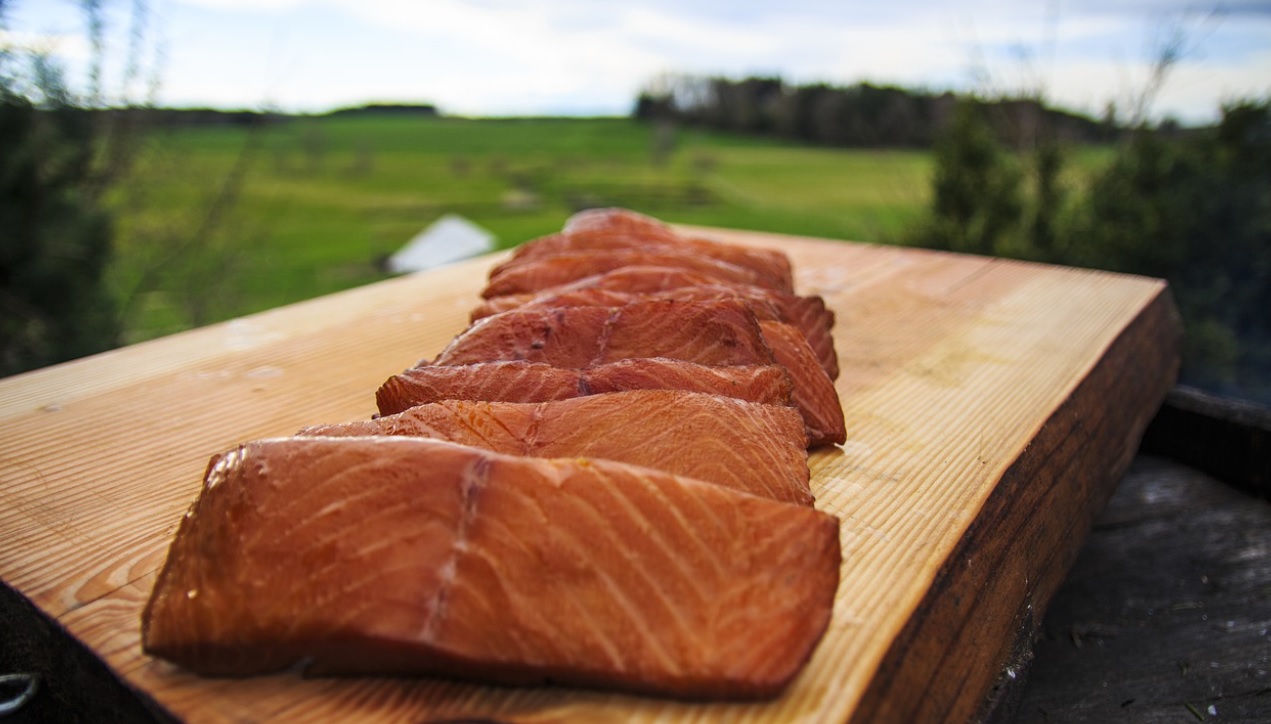If you are looking to bring the best Alaskan smoked salmon home for dinner, the process may feel daunting. There are multiple steps when it comes to preparing wild Alaska smoked salmon. Whether you are involved from the start during the catching and processing process or you are worried about smoking and packaging it, there are a couple of tips to follow. This guide will show you how to smoked salmon yourself as well as how salmon providers catch and process their fish.
If you’re interested in smoked salmon but don’t want to smoke it yourself, there are dozens of reputable providers online. All of the following companies have been vetted, so you can rest assured you’re getting a great deal.
How to Catch Wild Alaskan Smoked Salmon
There are different methods of catching Alaskan salmon depending on the salmon type. King Salmon is highly prized, in part because the fish is the most difficult to catch. For starters, be sure to get a king tag so you can legally fish for King Salmon. Large, bright flies are used for fishing during low tide. Meanwhile, bait or lures are used on high tide.
If you want to bring home Red Salmon (Sockeye), the prime locations for Alaska’s most popular salmon are the Kenai River, Russian River, and Kasilof River. Fishers use “flossing” to catch these fish. Essentially, you lay your line low in the water. Then, when the salmon picks up the line, you “set the hook” into the corner of the fish’s mouth.
How Do You Process Wild Alaskan Smoked Salmon?
Processing fresh salmon correctly is an important step in the fishing process. One of the first things you should do is gill your fish and let the salmon bleed out in its entirety. Doing so will ensure that the meat is not bloody. It is best to make sure the fish is not squirming when you start gilling it. A pair of heavy-duty scissors are known to get the job done.
Make sure to keep your salmon cold for the rest of the day. One way to do that is keeping the fish on a stringer in the river if you are shore fishing. The other way, if you are on a boat, is to use a fish box and refill it hourly with fresh river water. Later in the day, you will want to wash your salmon to remove any remaining blood and fish slime. However, avoid washing salmon fillets off in the river. Doing so can make it lose oils and collect bacteria.
The Smoking Process for Wild Alaskan Smoked Salmon
Make sure to dry brine and let the fish’s surface dry before you smoke it. When you hot-smoke salmon, make sure you have a smoker, wood, salt, and something sweet like maple syrup or honey. A large plastic container, a wire rack, and a basting brush are other necessities. The basic smoked salmon process will take over 4 hours.
Best Ways to Package Salmon
Though vacuum sealing and flash freezing to avoid freezer burn and loss of quality, respectively, is part of the processing step, later storage is also crucial. If you store your vacuum packaged seafood unopened in the refrigerator, it lasts about four to five days. Otherwise, storing wild Alaskan smoked salmon in a freezer keeps it fresh for about one year.
Take note of our Affiliate Relationships that may exist with this page and companies listed on it.


